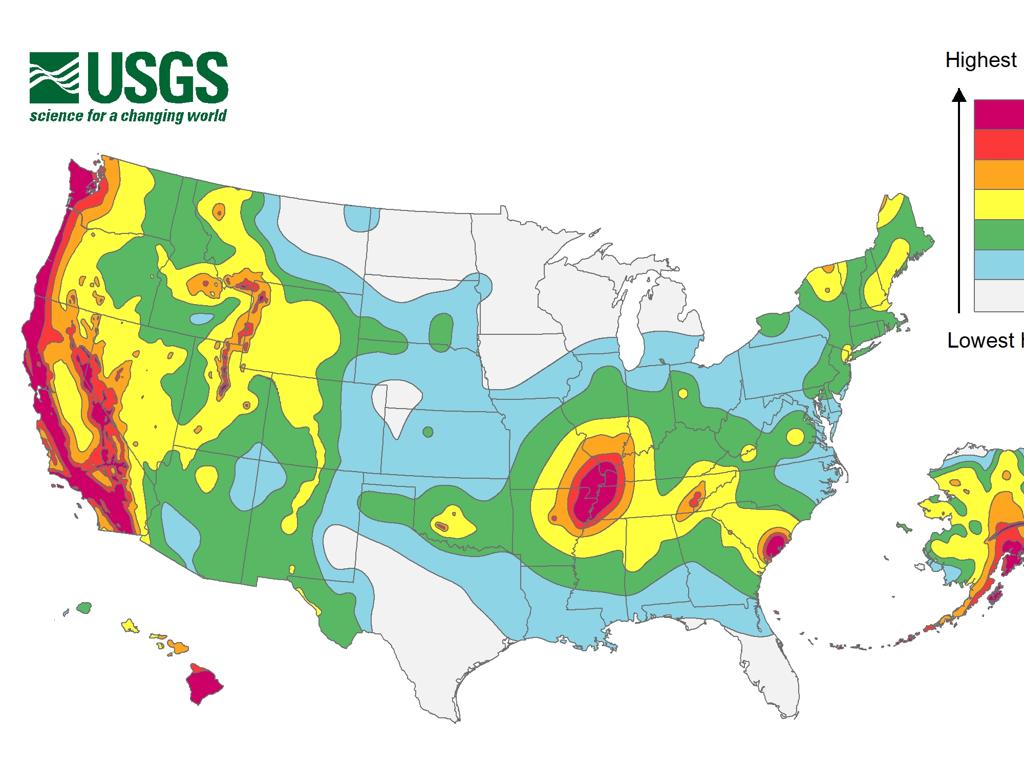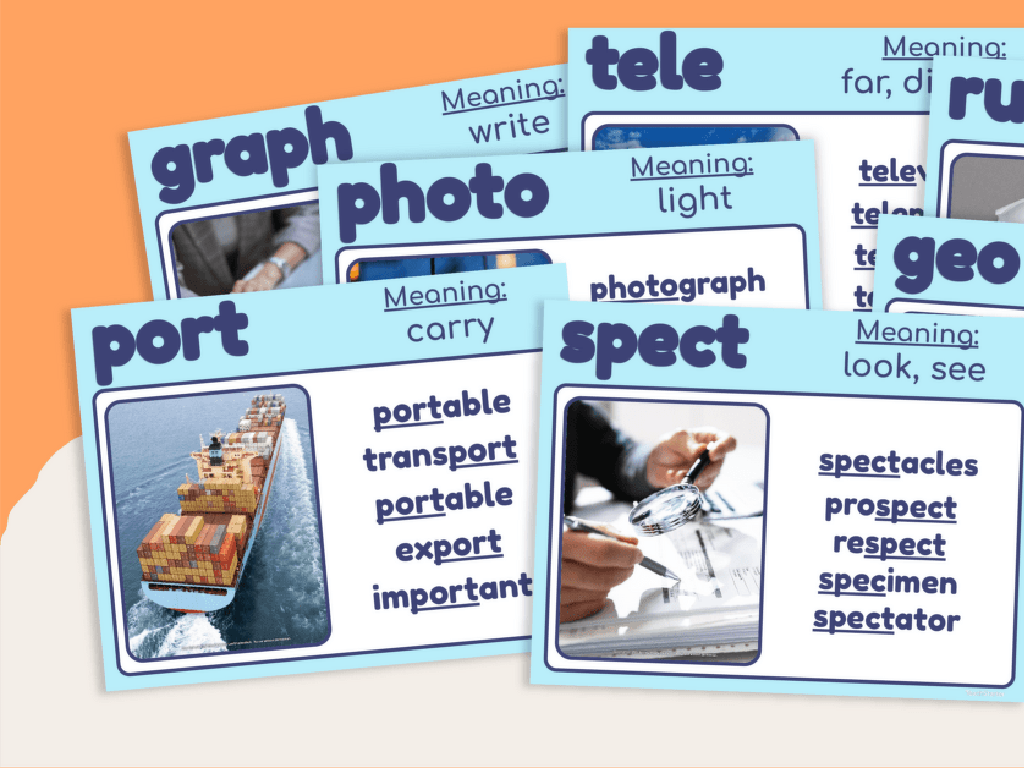Name Countries Of Asia: Review
Subject: Social studies
Grade: Seventh grade
Topic: Asia: Geography
Please LOG IN to download the presentation. Access is available to registered users only.
View More Content
Exploring Asia: A Continent of Diversity
– Asia: Earth’s largest continent
– Celebrating Asia’s diverse cultures
– Home to various languages, religions, and traditions
– Geography’s impact on daily life
– Terrain affects climate, resources, and livelihoods
– Importance of Asian countries knowledge
– Understanding global economy, politics, and cultural exchange
|
This slide introduces students to Asia, the largest continent on the planet, both in size and population. Emphasize Asia’s incredible diversity, including a wide range of cultures, languages, and religions. Discuss how the geography of Asia, from the Himalayas to the deserts and tropical forests, influences the climate, available resources, and the way people live. Highlight why knowing about the different countries in Asia is crucial: it helps us understand global dynamics in terms of economy, political relations, and cultural exchanges. Encourage students to think about how Asia’s diversity might compare to that of their own country and how geographic features can shape a region’s culture and daily life.
Exploring the Countries of Asia
– Total number of countries: 49
– Asia’s division into five regions
– Regions: Central, East, South, Southeast, and West Asia
– Most populous country: China
– China’s population surpasses 1.4 billion people
– Largest country by area: Russia
– Russia covers over 17 million square kilometers
|
This slide aims to provide a brief overview of the vast continent of Asia, highlighting its geopolitical structure and some interesting facts about its countries. Emphasize that Asia, with 49 countries, is the largest and most populous continent. Discuss the five distinct regions of Asia, which help in understanding its cultural and geographical diversity. Focus on China and Russia as key examples of the continent’s superlatives China being the most populous and Russia being the largest by land area. This will give students a sense of the scale and variety within Asia. Encourage students to explore more about each region and its countries for a comprehensive understanding of Asia’s geography.
Exploring the Regions of Asia
– Central Asia’s diverse terrain
– Known for steppes, deserts, and mountains.
– East Asia’s blend of old and new
– A region balancing rich cultural heritage with rapid modernization.
– South Asia’s religious roots
– The origin of several major world religions.
– Southeast Asia’s tropical archipelago
– Comprised of tropical climates and numerous island nations.
– Western Asia’s Middle Eastern identity
– Often referred to as the Middle East, with its unique cultural and geopolitical significance.
|
This slide aims to give students a brief overview of the five distinct regions of Asia, highlighting the unique geographical and cultural characteristics of each. Central Asia is characterized by vast steppes, harsh deserts, and significant mountain ranges. East Asia is recognized for its deep cultural heritage that stands alongside rapid modernization and economic growth. South Asia is notable as the birthplace of many of the world’s major religions, offering a rich tapestry of religious history. Southeast Asia is known for its tropical climates and island nations, presenting a biodiversity hotspot. Lastly, Western Asia, commonly known as the Middle East, is a region of immense historical and contemporary importance, with a complex cultural and political landscape. Encourage students to research one country from each region for a deeper understanding of Asia’s diversity.
Exploring Asian Countries
– Interactive map identification
– Use the map to point out each country in Asia.
– Focus on one country at a time
– Take turns highlighting countries and their capitals.
– Share a unique country fact
– Discuss a unique cultural or historical fact about each.
– Engage with geographical diversity
– Understand Asia’s vast and varied landscape.
|
This slide is designed to help students use an interactive map to identify and learn about the countries of Asia. By focusing on one country at a time, students can engage more deeply with the material. For each country, they will share an interesting fact, which could be related to its culture, history, or geography. This activity will not only help in memorizing the countries but also in appreciating the diversity within the continent of Asia. Teachers should prepare a list of facts for each country to aid students who may have difficulty finding information. Additionally, consider pairing students to encourage collaboration.
Cultural Significance of Asian Countries
– Landmarks and cultural heritage
– Great Wall of China, Taj Mahal in India, and more
– Geography’s impact on culture
– Landscape shapes festivals, food, and lifestyle
– Asia’s global economic role
– Leading producer and consumer markets
– Asia’s influence in world politics
– Strategic alliances and diplomatic relations
|
This slide aims to explore the rich cultural significance of Asia, highlighting the diverse landmarks that represent the heritage of various countries. Students should understand how the geography of a region influences its culture and traditions, such as how mountainous terrain or coastal areas affect local customs. Additionally, the slide will touch upon Asia’s pivotal role in the global economy, being home to some of the largest producer and consumer markets, and its growing influence in international politics. Encourage students to think about how these factors contribute to the global importance of Asia and to consider the interplay between geography, culture, and global dynamics.
Map Labeling Activity: Countries of Asia
– Label a blank map with Asian countries
– Work in pairs for this activity
– Engage in a class discussion afterwards
– Share your findings and challenges faced
– Reflect on what you’ve learned
– Think about the location, size, and neighbors of the countries you labeled
|
This class activity is designed to help students familiarize themselves with the geography of Asia by labeling a blank map with the names of countries. Working in pairs encourages collaboration and peer learning. After the activity, lead a discussion to allow students to share their experiences, any difficulties they encountered, and insights gained. This reflection helps reinforce their knowledge and understanding of Asian geography. Provide a list of Asian countries to assist students, and consider displaying a completed map at the end for them to self-check their work. Encourage students to discuss the relative positions and sizes of countries, as well as any interesting facts they learned about the countries while labeling the map.
Review: Countries of Asia & Their Significance
– Recap Asian countries studied
– Discuss Asia’s diverse cultures
– Asia is home to a myriad of languages, traditions, and histories.
– Understand Asia’s global impact
– Asia’s economy and politics play a major role in world affairs.
– Engage in Q&A session
|
This slide aims to consolidate the students’ knowledge of the countries of Asia, emphasizing the continent’s rich cultural diversity and its importance on the global stage. Begin by recapping the countries covered in the lesson, ensuring students can identify them on a map. Highlight the vast array of cultures, languages, and religions found across Asia, and discuss how this diversity contributes to the continent’s unique character. Touch upon Asia’s influence in terms of economy, politics, and technology, and how these factors make Asia significant globally. Conclude with a Q&A session to address any uncertainties and to reinforce learning. Encourage students to ask questions about specific countries, cultural practices, or any aspect of Asia they find intriguing.
Homework: Exploring Asian Countries
– Complete the Asian countries worksheet
– Research an Asian country
– Choose any country from Asia for your project
– Prepare a short presentation
– Include facts like capital, language, culture
– Share your findings in class
|
This homework assignment is designed to deepen students’ understanding of the geography of Asia by engaging them in active research. The worksheet will provide a structured activity to review the names and locations of Asian countries. For the research component, students should select one country from Asia and gather information about its capital city, official language, cultural practices, and any other interesting facts. Encourage students to use reliable sources and to think critically about the information they find. In the next class, students will have the opportunity to present their findings, which will help them develop their public speaking skills and allow for peer learning. Provide guidelines on presentation length and content to ensure that students stay focused and cover key points.






